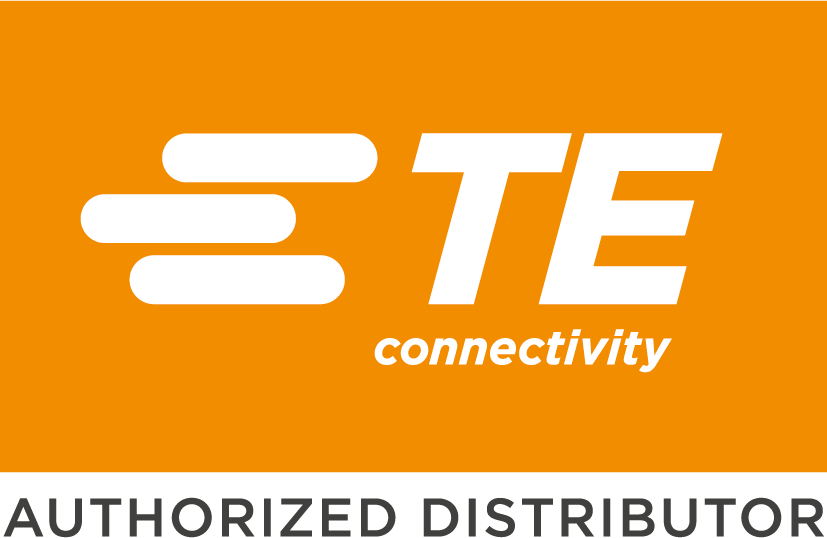
TE Connectivity
TE Connectivity is a global technology company that designs and manufactures connectivity and sensor solutions for a wide range of industries, including automotive, industrial, aerospace, defense, and telecommunications. The company's product portfolio encompasses connectors, sensors, antennas, relays, and other components critical for enabling connectivity and data transmission. TE Connectivity is renowned for its commitment to innovation, quality, and reliability, and its products are integral to various applications, from automotive electronics to advanced aerospace systems. With a strong focus on customer satisfaction and technological advancement, TE Connectivity continues to be a trusted provider of essential connectivity solutions on a global scale.
Single Conductor Cables (Hook-Up Wire)
Results:
8
Series
Cable Type
Shell Material, Finish
Ingress Protection
Current Rating (Amps)
Contact Finish
Jacket (Insulation) Material
Contact Type
Material Flammability Rating
Wire Gauge
Ratings
Backset Spacing
Voltage
Connector Type
Conductor Material
Features
Shell Size, Connector Layout
Primary Material
Operating Temperature
Number of Rows
Number of Positions
Jacket (Insulation) Thickness
Contact Finish Thickness
Grade
Flange Feature
Termination
Mounting Type
Qualification
Length
Connector Style
Conductor Strand
Jacket Color
Jacket (Insulation) Diameter
Results remaining:8
Applied Filters:
TE Connectivity
About Single Conductor Cables (Hook-Up Wire)
Cables and wires are fundamental components used in electrical and electronic systems to transmit signals or power. Single conductor cables, also known as hook-up wires, are a specific type of cable designed with a single conducting wire at its core.
Single conductor cables, or hook-up wires, serve a wide range of applications, including point-to-point signal wiring, equipment interconnection, and power distribution. They are available in various sizes, materials, and insulation types to accommodate different electrical needs.
The conductor, which is the central part of the cable, is typically made of copper or aluminum due to their excellent electrical conductivity. Copper is the most common choice due to its superior conductivity properties. The conductor's thickness, also referred to as the gauge, determines its current carrying capacity, with lower gauge numbers indicating thicker conductors capable of carrying higher currents.
To prevent electrical shorts and ensure safety, single conductor cables have an insulating layer surrounding the conductor. Insulation materials commonly used include PVC (Polyvinyl Chloride), Teflon, silicone rubber, or other thermoplastic or thermosetting materials. The choice of insulation material depends on factors such as temperature tolerance, flexibility, and resistance to chemicals or environmental conditions.
The insulation layer not only provides electrical insulation but also protects the conductor from damage or wear. It also helps to maintain proper spacing between adjacent conductors, reducing the risk of electrical interference or cross-talk.
Single conductor cables may have solid or stranded conductors. Solid conductors consist of a single, continuous wire and offer better electrical performance over long distances. Stranded conductors, on the other hand, are made up of multiple thinner wires twisted together, offering improved flexibility and resistance to breakage.
Hook-up wires are available in different colors, allowing for easy identification and organization during installation. This color coding helps technicians or engineers distinguish between different wires, ensuring correct connections and minimizing errors.
Overall, single conductor cables, or hook-up wires, are versatile components used for point-to-point signal wiring, interconnection of equipment, and power distribution. They consist of a single conducting wire surrounded by insulation and are available in various sizes, materials, and colors to suit different electrical needs. Their flexibility, electrical performance, and insulation properties make them essential for reliable electrical connections in a wide range of applications.


